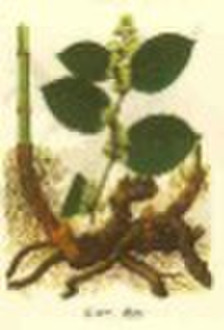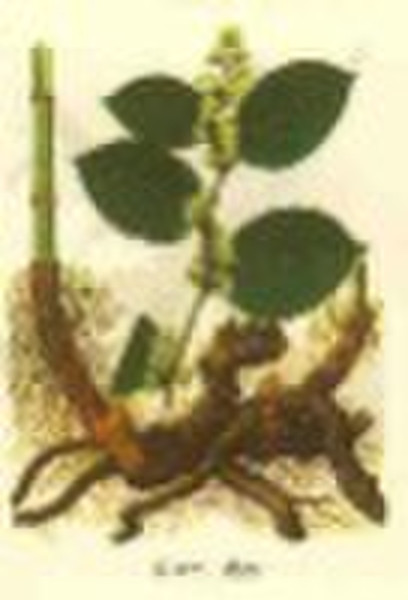巨大的Knotweed摘要
原价: 1,00 USD
杭州市, 中国
生产能力:
5 公斤 / 世纪

Meng Zheng
联系人姓名
基本信息
| 包装 | Drum |
|---|---|
| 出生地 | Zhejiang China (Mainland) |
| 年级 | Qualified |
| 牌子的名字 | Huisong Pharmaceuticals |
| 模式的数量 | Giant Knotweed |
| 类型 | 草药中提取 |
| 形式 | 粉 |
| 开采的型 | 溶剂萃取 |
Product name:Giant Knotweed Extract Botanical name: Polygonum caspidatum Plant part: Root Specification: According to the requirement of the customer Apperarance: Fine powder with characteristic odour and taste Pakage: Drum or As customer required Recommended Storage Conditions:Store in tightly sealed containers below 30°C away from direct light and moisture. We are Huisong Pharmaceuticals, a Sino-Japan joint venture and a leading manufacture of herbs, herbal extracts and herbal formulas in China. Certificate: HACCP, GMP, KOSHER Quality Assurance: HPLC, UV, HPTLC, GC, AA,GC-MS Uses Japanese Knotweed is Polygonum cuspidatum, or Hu Zhang (pronounced "hoo jahng," meaning "Tiger's Cane") in Chinese, and it has indeed been used in traditional Chinese medicine (TCM) to treat cancer. The Chinese have made great efforts over the past several thousand years to understand the patients they treat and the substances they use for medicine from a very deep and detailed standpoint -- a very holistically-minded standpoint. As such, cancer is generally believed to be caused, physiologically, by 3 factors, according to TCM. All tumors, masses, cysts, nodules, etc. are viewed as being caused by a combination of phlegm (this is an accumulation of excess fluid which has congealed in a particular part of the body) and blood stasis (this is a partial or complete obstruction of blood circulation in a particular part of the body). In addition to tumors or masses, cancer also involves tissue destruction (necrosis), which is viewed in TCM as being caused by the presence of heat toxins in the body. So we have phlegm, blood stasis and heat toxins as the 3 factors, and in TCM, Hu Zhang is said to influence all 3 of those factors. Hu Zhang's primary TCM function is to activate the blood circulation and remove blood stasis, and its secondary functions include draining heat out and transforming (eliminating) phlegm, and clearing heat and eliminating toxins. Although this herb can address all 3 TCM factors said to be present in cancer, it is still traditionally almost always used in combination with other appropriate herbs (this is individualized for each patient) in a formula, to increase the overall desired effects and reduce the likelihood of any undesirable effects. The wonderfully deep understanding the Chinese developed about this herb determined that it is a bitter and cold herb, so when used alone as a single herb, it has a tendency to weaken the digestive system over time (in TCM, the digestion is said to be fueled by a warming energy, a "fire" -- from a western view, this is comparable to the stored energy present in our digestive enzymes which gives them the power to break down food particles in the process of digestion; so practitioners generally try to avoid putting out that "fire" by avoiding the long-term use of herbs that are only very cold or cooling ones).
交货条款及包装
Packaging Detail: 25KG/DRUM Delivery Detail: 3-7 Days
端口: SHANGHAI
付款条款
Letter of credit
Telegraphic transfer
-
支付方式
我们接受:









